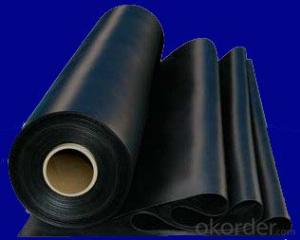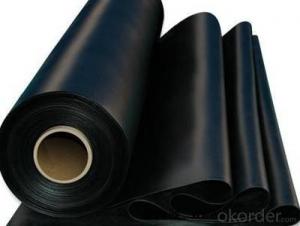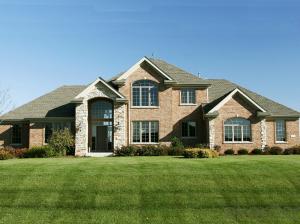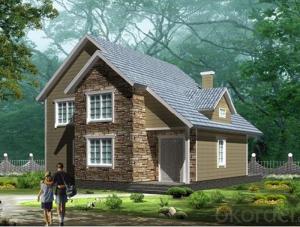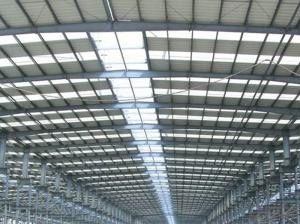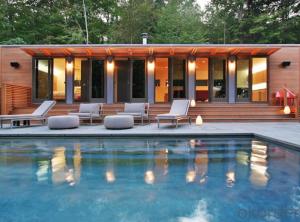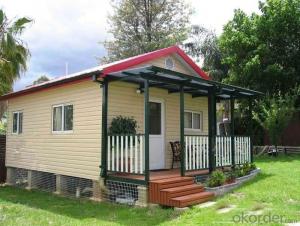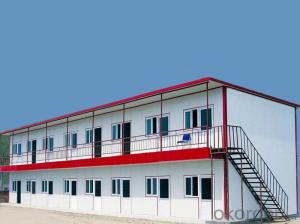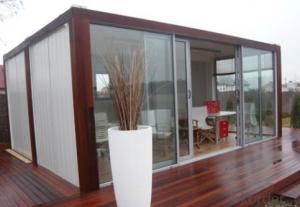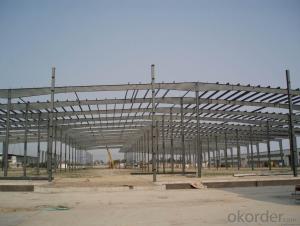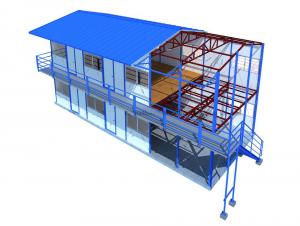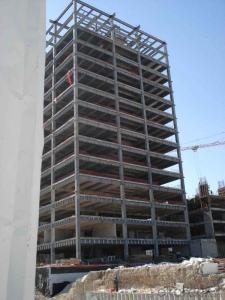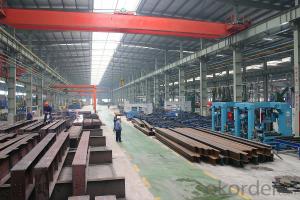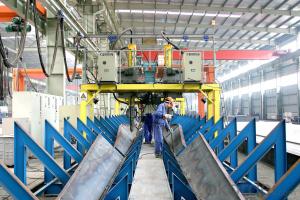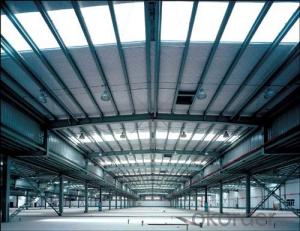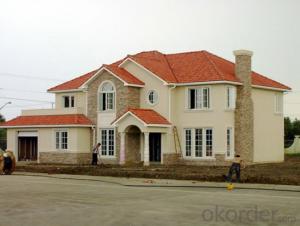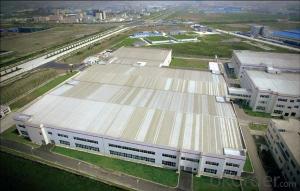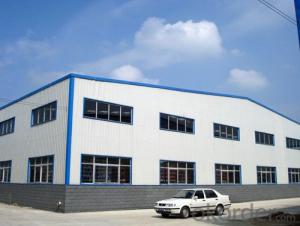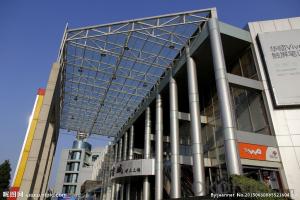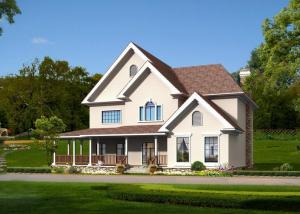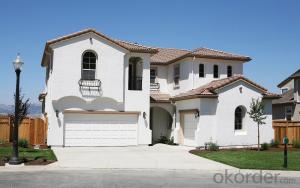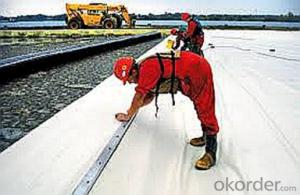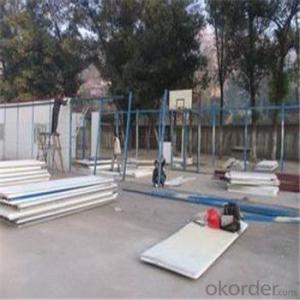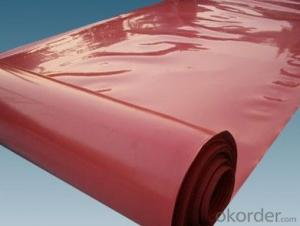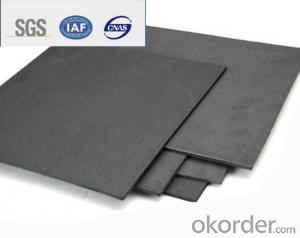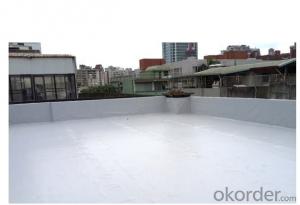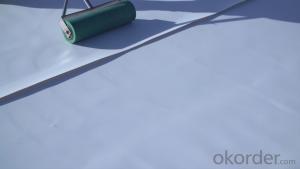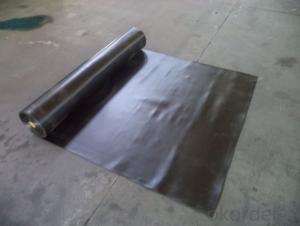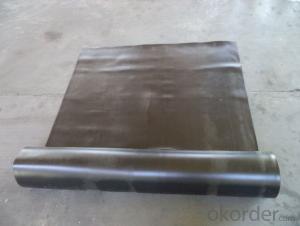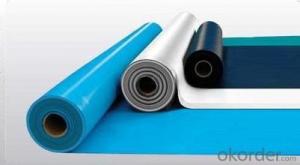Prefabricated Geomembranes
Prefabricated Geomembranes Related Searches
Thickness Of Aluminum Plate Functions Of Geomembranes Classification Of Inorganic Pharmaceuticals Geomembrane Thickness Prefabricated Geomembranes Atarfil Europe Geomembranes Impermeable Geomembranes Atarfil Geomembranes GeomembranesHot Searches
Wholesale Hdpe Geomembrana Hdpe Liner Cost Wholesale Hdpe Geomembrana Hdpe Liner CostPrefabricated Geomembranes Supplier & Manufacturer from China
Okorder.com is a professional Prefabricated Geomembranes supplier & manufacturer, offers integrated one-stop services including real-time quoting and online cargo tracking. We are funded by CNBM Group, a Fortune 500 enterprise and the largest Prefabricated Geomembranes firm in China.Hot Products
FAQ
- Is the waterproofing membrane an insulating material?
- Insulation board: plastic plate is made of plastic sheet, plastic for the synthesis of polymer compounds, can be free to change the body style. Plastic is the use of monomer raw materials to synthesis or condensation reaction polymerization of materials, synthetic resin and filler, plasticizers, stabilizers, lubricants, colorants and other additives, and its main component is synthetic resin.
- Yes, a waterproofing membrane can be used as a water tank sealant. Waterproofing membranes are designed to create a barrier against water penetration, making them an effective choice for sealing water tanks and preventing leaks.
- Plywood surfaces can benefit from the use of a waterproofing membrane. Plywood is commonly used in construction, including outdoor projects like decks and balconies. However, plywood is not naturally waterproof and can suffer from moisture damage over time. To safeguard plywood surfaces from water damage, a waterproofing membrane can be employed. This membrane functions as a barrier, preventing water from penetrating the plywood and causing rot or decay. There exist various types of waterproofing membranes, such as liquid-applied membranes, sheet membranes, and peel-and-stick membranes. These membranes adhere to the plywood surface and create a tight seal. It is crucial to adhere to the manufacturer's instructions for proper application and ensure the plywood surface is clean and dry before applying the membrane. By utilizing a waterproofing membrane, plywood surfaces can be effectively shielded from water damage, prolonging their lifespan and preserving their structural integrity.
- Yes, a waterproofing membrane does require specific cleaning and maintenance procedures to ensure its longevity and effectiveness. Regular cleaning and maintenance help to prevent the buildup of debris, dirt, and other contaminants that can compromise the membrane's ability to keep water out. The specific cleaning and maintenance procedures can vary depending on the type of waterproofing membrane used, but some general guidelines apply. Firstly, it is important to regularly inspect the membrane for any signs of damage, such as cracks, tears, or deterioration. If any issues are detected, they should be promptly repaired or replaced to prevent further damage. In terms of cleaning, it is recommended to remove any loose debris or dirt from the membrane surface using a soft-bristle broom or a leaf blower. Avoid using harsh chemicals or abrasive materials that can damage the membrane. Instead, use a mild detergent or specialized cleaning solution recommended by the manufacturer. Gently scrub the surface with a soft brush or sponge, and rinse thoroughly with clean water. Additionally, it is crucial to keep the surrounding drainage systems clear and free from any obstructions. Regularly inspect and clean gutters, downspouts, and drains to ensure proper water flow and prevent any potential water damage. Lastly, it is advisable to have the waterproofing membrane professionally inspected and maintained on a regular basis. This can help identify any potential issues early on and ensure that the membrane is functioning at its optimal level. Overall, by following these specific cleaning and maintenance procedures, you can prolong the lifespan of the waterproofing membrane and maintain its effectiveness in preventing water infiltration.
- Yes, a waterproofing membrane can be used on roofs. Waterproofing membranes are commonly used on flat or low-slope roofs to provide an additional layer of protection against water infiltration. These membranes are typically made from synthetic materials such as modified bitumen, EPDM (ethylene propylene diene monomer), PVC (polyvinyl chloride), or TPO (thermoplastic olefin). They are designed to be durable, flexible, and resistant to UV rays, weathering, and ponding water. When properly installed, a waterproofing membrane can effectively prevent water from seeping into the underlying roof structure, protecting the building from leaks and water damage.
- Indeed, the utilization of a waterproofing membrane in solar panel installations is not only possible but highly recommended. It is common practice to incorporate a waterproofing membrane into the installation process in order to safeguard the roof or other surfaces beneath the solar panels from water-related harm. The primary function of a waterproofing membrane is to serve as a barrier, preventing water infiltration into the underlying structure. This, in turn, ensures the integrity and security of the solar panel installation, which is of utmost significance considering their typical placement on rooftops, where they are exposed to various weather conditions. By incorporating a waterproofing membrane, the longevity of the solar panels is prolonged, and any potential issues arising from water are effectively mitigated, thus preserving their optimal performance.
- Certainly, permanent or long-term structures can indeed make use of a waterproofing membrane. By creating a protective barrier against water infiltration, waterproofing membranes are perfectly suited for structures requiring extended safeguarding against moisture, such as buildings, bridges, tunnels, and underground constructions. These membranes are typically crafted from resilient materials like modified bitumen, PVC, EPDM, or polyurethane, which boast exceptional resistance to water, UV rays, and other environmental elements. A properly installed waterproofing membrane can significantly prolong the lifespan of a structure by thwarting water damage, mold growth, and structural decay. It is therefore highly advisable to utilize a waterproofing membrane in permanent or long-term structures to ensure their robustness and longevity.
- Yes, a waterproofing membrane can be used for a green roof. A waterproofing membrane is an essential component of any green roof system as it helps to protect the underlying structure from water damage. It prevents water infiltration, which can cause structural damage and mold growth. Additionally, a waterproofing membrane helps to retain the necessary moisture within the green roof system, ensuring the plants have a consistent water supply. By using a waterproofing membrane, you can effectively create a sustainable and environmentally friendly green roof while also maintaining the integrity of the building structure.
